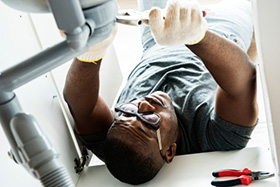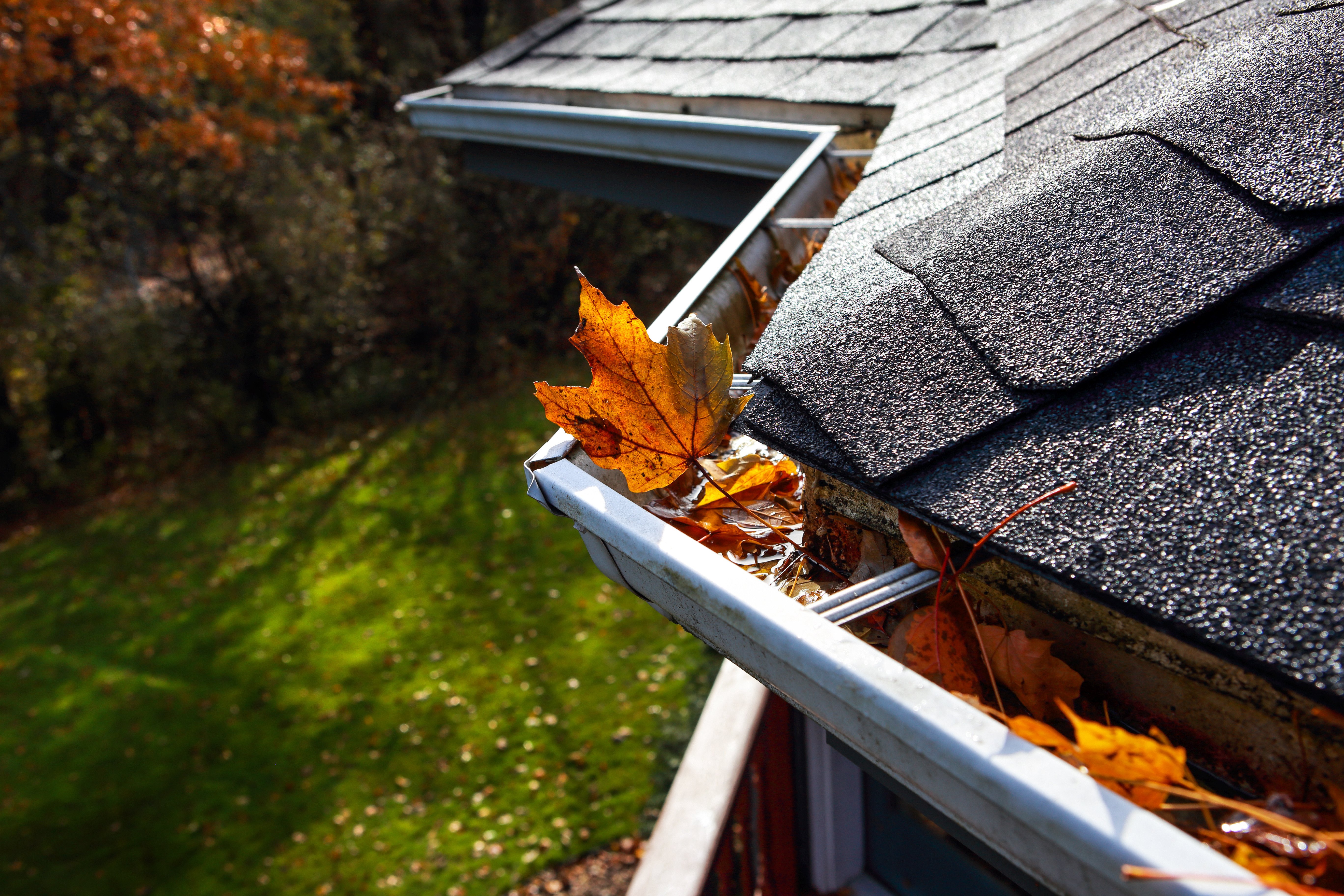How Much Should I Have for a Mortgage Down Payment?

Mortgage down payments are important for first-time and experienced homebuyers alike. When starting the home buying journey, everyone pauses to ask themselves, “How much do I need for a down payment to afford the home I want?” While the question can sound daunting and the answer may vary, ranging from a low down payment to a bit less than 20% down. it’s important to understand what a down payment means for you before moving forward with buying a home.
What is a down payment?
Typically you’ll need to save between 5 to 20 percent of a home’s sale price in cash in order to qualify for a conventional loan. If you put down less than 20 percent, you’ll have to pay Private Mortgage Insurance (PMI) – and the amount will depend on the type of loan you qualify for.
What are the benefits of putting a full 20 percent down?
As a buyer, coming to the table with at least 20 percent down payment is attractive to lenders because it’s a sign that you’ll manage your loan responsibly and the lender’s risk is reduced. Here are some of the perks of putting down 20%:
- You’ll eliminate the need for PMI, saving money in the long-term.
- You’ll borrow less money, making your monthly payments smaller.
- You may qualify for a slightly lower interest rate than a borrower who makes a smaller down payment.
- You’ll instantly have 20 percent equity in your home, which you can borrow against in the future or get back as part of your profit when you sell.
What if putting 20 percent down is too difficult?
Sometimes it’s not possible to accumulate the savings required to put down the full 20 percent, which can total thousands of dollars depending on the purchase price of the home. It can take some first-time home buyers many years to accumulate the necessary funds for a down payment. And even after saving for the down payment, you’ll also have to think about reserving cash for closing costs, emergency funds, moving expenses and any other cash needed to furnish or renovate. It can get expensive.
But in order to avoid delaying homeownership or making it out of reach for those who can’t afford the down payment, help is available. For example, FHA loans offer low down payments, and while these programs still require you to pay mortgage insurance, they can enable you to move into a home much faster than if you were to continue saving for a down payment.
Everyone’s situation is different. It might make sense for you to put down the full 20 percent and avoid paying more in interest. Or the market may be in your favor and you’re ready to move into a home with a low down payment loan. The best thing you can do? Talk to a lender to see what makes the most sense for you.


